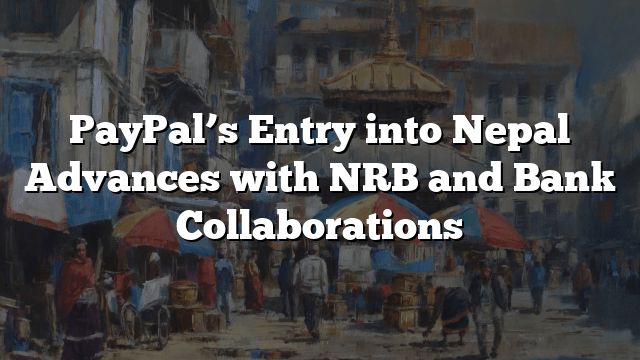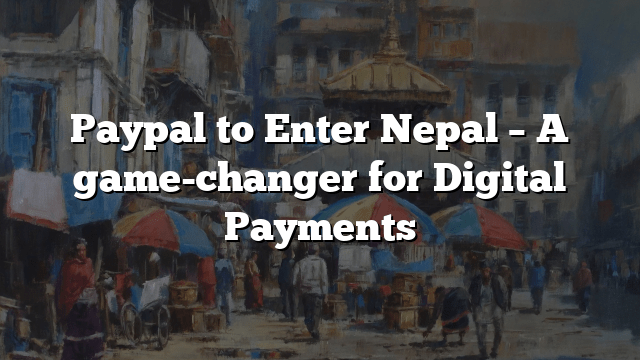
A recent proposal by Nepal’s central bank suggests imposing limits on payments made via Quick Response (QR) codes for Nepali nationals in India, aiming to enhance financial transparency and security. The panel suggests capping monthly QR code payments at IRs 100,000 (Rs160,000), except for transactions at specific locations like hotels, hospitals, and medicine shops, where there will be no limits.
Additionally, to facilitate online purchases from third countries, the proposal suggests an annual limit of $2,000, with specific requirements for US dollar accounts in Nepali banks. The central bank aims to ensure smooth cross-border transactions, with a separate provision for those without a US dollar account, allowing them to make limited purchases annually, upon currency conversion.
The proposal emphasizes market-determined charges for QR code services, with oversight by the central bank. Seeking public input, the draft report has been made available on the Nepal Rastra Bank’s website. These regulations align with existing foreign exchange rules, fostering financial integrity.
The integration of QR code payments with the National Payment Switch is highlighted, ensuring standardized transactions. The initiative is part of a broader effort to streamline cross-border digital payments between Nepal and India, furthered by a memorandum of understanding signed last year.
Scheduled for implementation by June, the proposed regulations aim to address challenges faced by citizens relying on banknotes. The central bank is working diligently, with a task force established to set transaction limits and facilitate cross-border payment services.
“We welcome suggestions from the public to refine these regulations. Our goal is to enable Nepalis to make seamless QR code payments in India and beyond,” stated Gunakar Bhatta, Executive Director at the Payment Systems Department of Nepal Rastra Bank.
The proposed limits for QR code-based transactions align with existing card payment systems, ensuring consistency. The integration of payment interfaces between Nepal and India is poised to revolutionize cross-border remittances, facilitating instant fund transfers at minimal costs.
In addition to personal payment transfers, the proposed regulations pave the way for merchant payment transfers in subsequent phases, enhancing financial connectivity. Licensed organizations are encouraged to engage in discussions with foreign payment transaction companies for seamless integration.
According to Diwas Kumar Sapkota, CEO of Fonepay, QR code transactions have seen significant traction, with an average of 600 transactions daily from Indian visitors alone, especially during holidays and in border areas.
QR code displays have become ubiquitous, with transactions through QR codes witnessing substantial growth each month, as evident from central bank data. In mid-February to mid-March alone, transactions amounted to Rs42.56 billion, indicating a 12.80% increase from the preceding month.
Overall, these proposed regulations aim to foster financial inclusivity and efficiency in cross-border transactions, reflecting Nepal Rastra Bank’s commitment to modernize payment systems for the benefit of citizens.
Related:



